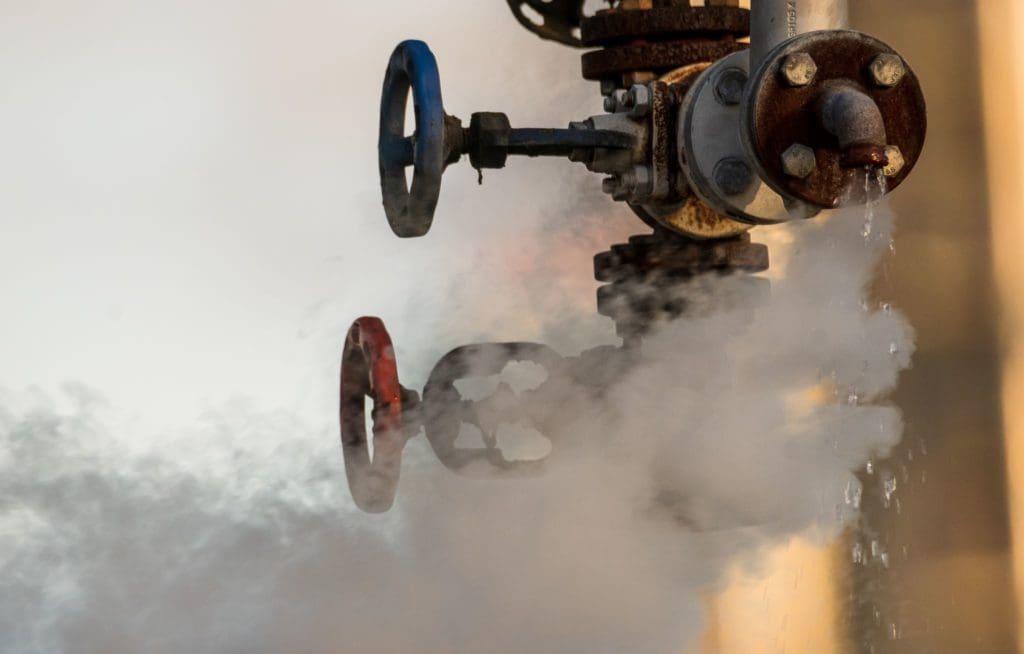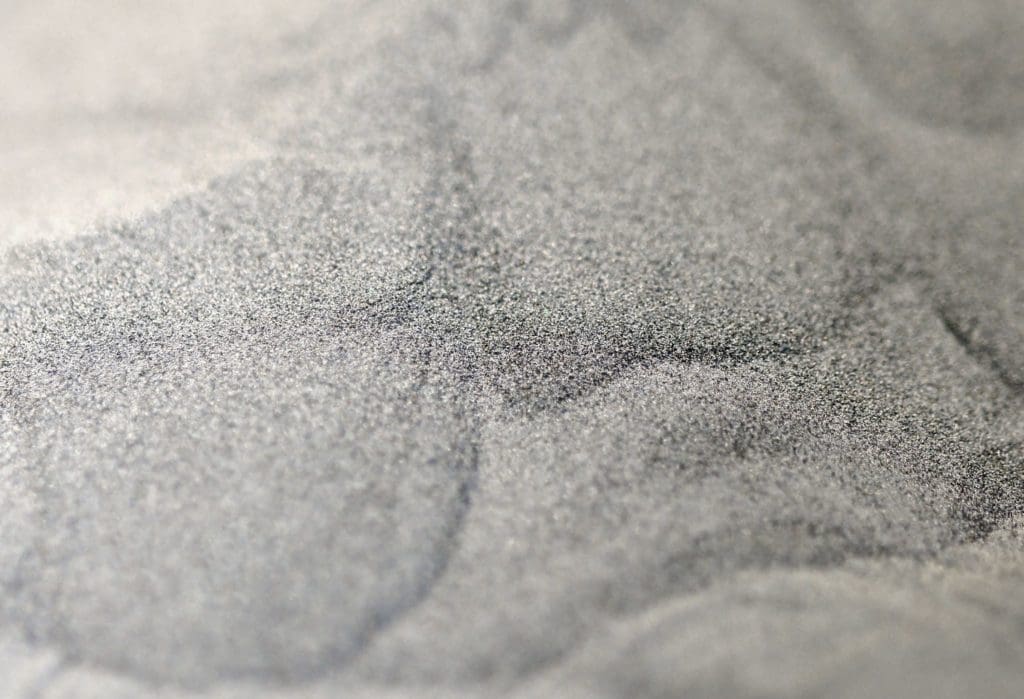Metal components are often susceptible to corrosion, thinning, or fatigue as a part accumulates more and more service hours. However, VRC Metal Systems can help you implement technology to restore those metal pieces and structures through high-pressure cold spray equipment. With this technology, you can save and repair your damaged components, potentially leaving them even stronger than before.
Find out what cold spray technology can do for you and your company by contacting VRC Metal Systems. We’ll get you set up with the system, materials, and knowledge you need to enhance your industrial repairs or advanced manufacturing processes.
What is High-Pressure Cold Spray?
Cold spray is an innovative method of depositing powdered materials on a substrate, similar to thermal sprays. Typically, thermal sprays use high temperatures transforming alloys and other materials to molten or semi-molten droplets to coat the base material. However, cold spray uses a technique that accelerates the powdered material particles to supersonic speeds while remaining below the metal’s melting point. When these supersonic particles hit the base material, they go through plastic deformation, causing them to create a strong bond between the particle and the impacted surface.
Previously, thermal spray coatings would primarily join the base material with another metal or alloy. However, today’s cold spray technology can transfer other materials, such as metal-ceramic blends, metal/ceramic composite powders, or even polymers mixed with metals and ceramics.
Why Would You Need to Use Cold Spray?
Metal components subject to corrosion, erosion, and normal wear can benefit from cold spray applications. The metallurgical bond created between the base material and the coating means that the coating adds to the strength of the original component. This application is functionally advantageous over simply adding a layer to provide a smooth or dimensionally correct surface.
By bonding metallurgically with the component surface, the applied coating provides more stability and structure to a substance that might otherwise have become too weak to perform its functions. With cold spray, you can save money by repairing the component that would otherwise have gone towards purchasing a replacement.
When working with a low melting point substrate, cold spray may be the more optimal process. Cold spray is a solid-state process with no melting occurring, so thermal inputs are much lower than other processes. The substrate surface won’t melt. We have used our cold spray process to deposit metals such as aluminum and titanium onto thermoplastics without any melting. In addition, cold spray coatings and repairs last longer than those from thermal spray applications or welding.
Cold Spray Advantages
The advantages of cold spray technology arise from the solid state nature of the process: It relies on plastic deformation instead of heat to create a bond, so the particles experience no oxidation. Since feedstock particles aren’t melted the coatings will retain the metallurgical characteristics of the original coating particles: Alloying elements remain in place in the atomic structure so that even heat-treatable alloys such as Al6061 retain their strength after deposition.
The plastic deformation mechanics of a cold spray process allow it to create a metallurgically fused bond with the base material, making it stronger than a simple mechanical bond produced with thermal sprays.
The lack of heat needed also means the repairs may be done more quickly as there is no preheat required and no need for a long, controlled cool-down, even when repairing cast iron. The part can be used or moved to the next step in the repair or manufacturing process. It also has a high deposition rate, lending itself to a quick and efficient process.
More coating material options are also available with lower application temperatures, including those that can increase conductivity or prevent corrosion.
Using Composite Blends
One of the advantages of high-pressure cold spray technology is the ability to use composite powders. For example, using metal alloy blends produces higher-strength coatings than a single metal coating, improving the base material strength.
Composite blends are also extremely useful as corrosion inhibitors. In addition to the coating itself, the lack of oxidation prevents oxygen from being trapped between the substrate and the coating thereby preventing corrosion from developing between the materials.
Even without the risk of oxidation, a base material is still susceptible to corrosion. This corrosion happens when a small gap in the surface allows other particles to enter and deteriorate the base surface.
Other times corrosion can set in when there is an impurity in the base material, leading to oxidation right at the source. Generally speaking, if there is a chance of a gap where oxidation can set in, there is a chance your structures or components could corrode. Since cold spray entails repeated high velocity particle impacts such gaps are prevented: The deposit is cold-worked and has compressive residual stresses which tends to hinder crack formation and growth.
Utilizing a cold spray coating prevents corrosive agents from reaching the base part, increasing the resilience of the part. Coating blends and alloys also help a component resist failure by providing an irregular molecular structure, which can be much more difficult to chip or crack.
An irregular molecular structure also makes it harder for gaps to appear in the material, as the combination of several elements provides a stronger bond than a single element. Without an entry point into the component, potential corroding substances cannot affect the surface or interior of the part.
Better, Stronger, Faster
Whether you are trying to build a better component, a stronger base material, or a faster repair process, VRC Metal Systems has the equipment, materials, and knowledge to get you on the right path.
We have developed cold spray systems that allow for agile, high-quality metal repairs to be completed for a variety of industrial and manufacturing applications. By focusing on developing high-tech and cutting-edge technology that is also efficient and reliable, we offer solutions that were never before possible.
Contact VRC Metal Systems to find out how cold spray technology can benefit your company.





